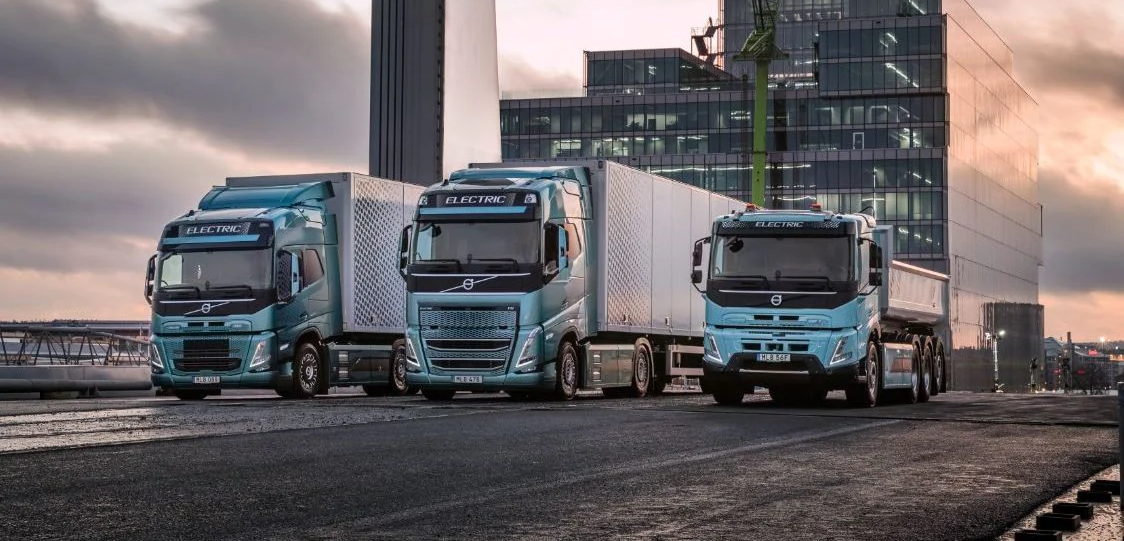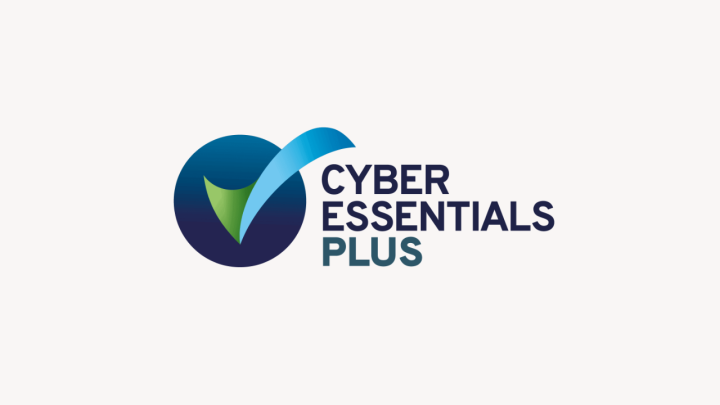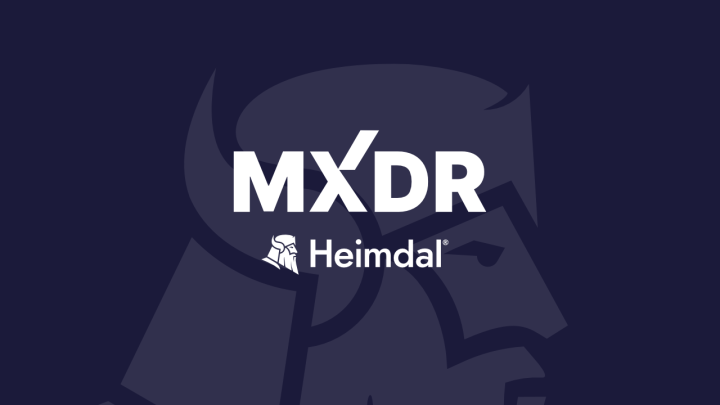5 things IT leaders in Logistics, Distribution, and Transportation must consider

From improving efficiency to securing a budget: in this article, we outline 5 things IT leaders in logistics, distribution, and transportation need to consider.
Logistics, distribution, and transportation. These 3 essential sectors comprise the strategic and fundamental backbone of global commerce and trade. If national and international business is to function, then these key industries need to be running smoothly.
From supply chains to recruitment, there are also multiple crucial areas that logistics, distribution, and transportation companies rely on to operate to their full potential. This includes their IT departments and infrastructure.
However, there is an ‘elephant in the room’ that IT leaders within these sectors are likely aware of. Logistical industries are often using legacy hardware and outdated systems, leaving businesses vulnerable to loss of revenue, poor operational efficiency, and cyber-attack.
The Impact
The issues and challenges that stem from ‘legacy IT systems vary. Although upgrading hardware, software, or migrating to the cloud requires time and investment, the benefits greatly outweigh the risks.
Firstly, outdated IT infrastructure can be costly, especially for organisations using company-wide software and large amounts of equipment. Older hardware will need to be constantly maintained and potentially replaced, while dated software and programs lead to decreased productivity, efficiency, and revenue.
In 2018, poor and unproductive software was estimated to cost the US economy around $2.84 trillion.
Additionally, legacy systems can significantly increase staff burnout and overheads. Within internal IT departments, employees will be dealing with higher quantities of issues and security warnings, while wider staff will be operating with slower and inefficient programs.
Ultimately, from slow software to broken hardware, staff will feel let down and disengaged if a company’s IT infrastructure does not properly support them in achieving their day-to-day goals.
Lastly, legacy systems come with an inflated risk of security issues, due to them not being compatible with modern solution updates and patches. From cyber-attacks to data breaches, being vulnerable to security issues can have a devastating impact on a business, as one logistics company found out…
Case Study: The Maersk Incident
In June 2017, Danish transport and logistic conglomerate Maersk fell victim to a NotPeyta malware attack, in an incident that has since been deemed as one of the most devastating cyberattacks in history.
The cyber-assault was perpetuated by Russian hackers, with the infection spreading through a Ukrainian software to various companies, such as DHL and FedEX.
Once the malware found its way into Maersk’s system, waves of PCs began to shut down.
Across the globe, critical systems were disrupted, resulting in blocked ports, frozen supply lines, and unprocessed shipping orders.
In total, 3 of Maersk’s subsidiaries were impacted, with 45,000 PCs and 4,000 servers shut down. The estimated loss in revenue was in the region of $250-$300 million.
5 Things IT Leaders in Logistical Sectors Need To Consider
Considering the challenges IT department heads face in logistics, distribution, and transportation, we have outlined 5 strategic questions you should ask yourself:
1. Do you have an understanding of your IT infrastructure?
When starting any positive process towards improvement, it is first important to review the current situation in your company and department. This procedure can simply be a self-reflection on what is working, and what is perhaps not working.
Using tools such as ServiceNow, JIRA, and ZenDesk you can easily understand and review raw data as to where your user base is reporting the most frequent issues, and also where your most critical incidents are raised.
Is your IT infrastructure secure, reliable, and flexible enough to keep your enterprise safe and on course to meet its business goals? Or are you using mostly legacy systems?
Often or not businesses grow through increased customer demands or acquisitive strategies which requires increased infrastructure demands. The more customers you have, the more headcount and systems abilities you need to support the growing pressures and deliver a high-level of service.
Considering this, it’s almost nigh-on-impossible to scale and remain secure with legacy and unsupported IT infrastructure. A good example, most modern technologies are now migrating to a minimum requirement of 1GB network throughput vs previous requirements of 100mbps. To put this into perspective, your infrastructure must be capable of providing 10x the data throughput that it has been previously capable of.
Previously if you were slightly ahead of the curve and your state of the art data centre backbone may have operated at 1-2GB collectively, the requirement now is a minimum of 10-20GB. Again, illustrating a growth of 10x required to provide effective infrastructure for users in-line with the demands of most modern businesses.
What equipment does your business have; what is connected to what; and are there any significant backdoors or issues in your cyber security architecture?
Micro-segmentation is the hot topic at the moment.
Whether your most vulnerable areas are within your server, network, or IoT environments, businesses are very keen to understand what products can help support their cyber security strategy in closing off all the doors to their valued ‘crown jewel’ infrastructure assets.
As previously mentioned, upgrades and improvements are an investment – depending on your circumstances, you may need to focus on what is business critical, or what is going to have the biggest impact on productivity, security, and employee experience.
Once you have a clear understanding of what your situation is, you can begin to plan for the future.
2. Is there a clear vision?
After inspecting your capabilities, you must ensure you have a clear vision of what the path to better productivity and security will look like. Bring your findings forwards from your review, and establish an IT services roadmap that is in-line with your logistics organisation’s goals.
Objectives may range from expanding supply lines and boosting remote employee productivity to fixing issues you have identified in your review. Success comes from underpinning how IT and technology can support business opportunities.
As an IT leader, it is your responsibility to source a tailored roadmap for your business needs. You need to then communicate to stakeholders what solutions are required to help achieve these goals; as well as anything relating to budgets, timeframes, and internal capabilities.
3. Where does your technology fall short?
As mentioned, technology and infrastructure assists organisations in achieving their business objectives. However, you may find that there is an absence of capability within your organisation due to legacy hardware and outdated software.
From your review and roadmap, hone in on where an essential upgrade or optimisation is most needed – be it hardware or software.
Then, look at what technology and solutions are on the market, focusing on what will have the greatest impact considering the goals you have outlined in your roadmap. Stay on track, and always bear your budget in mind.
Consultancy advice can be instrumental in the vendor evaluation process due to increased exposure to a wide range of technologies. Consultancies work with many different types of organisations who all have their own bespoke requirements. Working with a trusted advisor can significantly support making the right decision and ultimately business investment to secure the future.
Ultimately, poor technology purchasing can have a detrimental impact on an organisation, costing both time, money, and wasted opportunities. On the other hand, strategic decision-making can lead to your company being secure, productive, and profitable.
4. Is there a digital skills gap?
The honest answer to this question is, yes.
That’s not to say the industries in question are the only ones to suffer from a digital skills shortage, but one certainly exists. In fact, 80% of UK leaders believe that addressing the clear digital skills shortage is key to rebuilding the nation's economy.
New technology and updated infrastructure is only efficient if people make good use of it. So, without specialists, objectives set out in your roadmap may not be achieved.
So how do companies address this issue?
Well, as IT leaders surely know, there isn’t an easy answer to this. Talent is hard to come by, the cost of recruitment is high, and in today’s competitive market, digital experts are often poached.
You could consider a consultant to enhance your staff, or you could look at outsourcing to a 3rd party IT service altogether to gain access to multiple skill sets for a fraction of the price you’d pay for each individual.
5. Do you have a solid strategy and a secure budget?
A final point to consider is your strategy and budget.
You may have an IT services roadmap and an idea of solutions to enhance your company’s security and productivity; now you need to condense all your findings into a solid action plan that supports your business needs.
To reiterate, it is your responsibility as an IT senior leader to communicate to stakeholders what is required to help achieve objectives. What will be the potential budget? What are your internal capabilities? Do you need to outsource?
There is a challenge: stakeholders may have understandable reservations around investment, especially when ‘recession’ and ‘inflation’ are heard in the news.
Our advice is to let the board know why IT is essential to operations and revenue, and why you need to review the legacy systems within your business to limit risk.
Uncertain times are here (and ahead). But if covid-19 demonstrated anything, it revealed the importance of IT departments in helping businesses grow during unsettling periods.
In the example of the global pandemic, covid could have left the door open for cybercrime and low productivity. However, through approaches like secure access, automation, and security at the edge, IT digitally transformed businesses across multiple sectors and helped them stay afloat.
To summarise, the point you will need to make is that IT expenditure and innovation directly correlate with growth during uncertain periods. If you have the appropriate tools and budgets at your disposal, you can move your organisation away from ‘legacy’ tech and systems, bringing it forward into the productive digital age.
Through strategic decision-making, you can keep your company secure and efficient. If logistics, distribution, and transportation companies are operating to their full potential, then businesses across the globe benefit.


